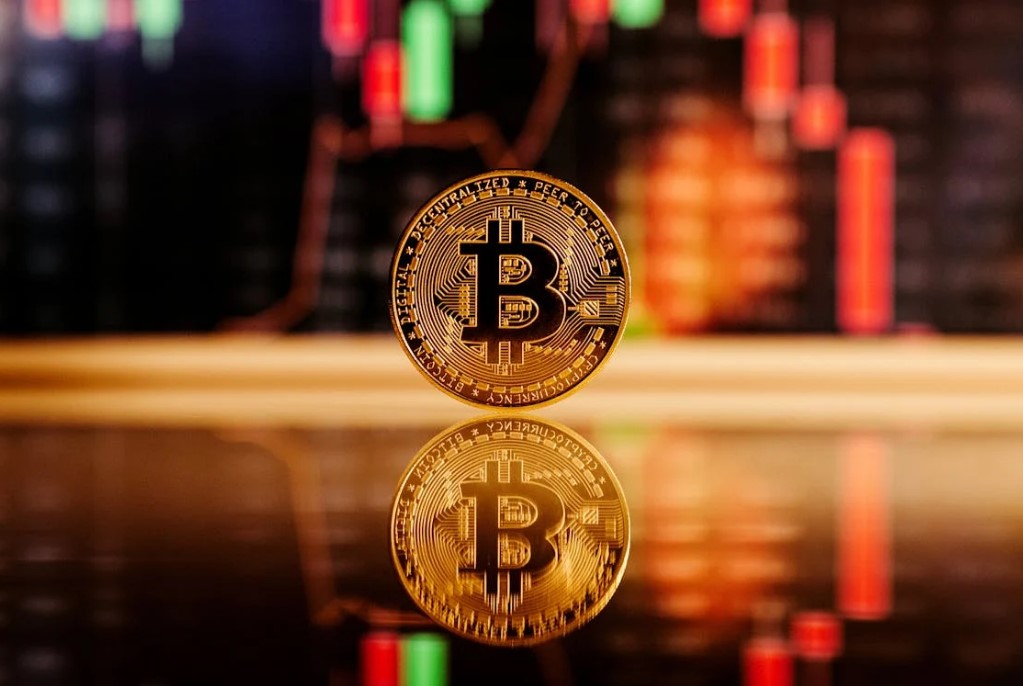
Binance, the world’s largest cryptocurrency exchange, has terminated support for Russian Ruble (RUB) (P2P) trading pairs, including popular cryptocurrencies like Bitcoin and Ethereum. This move, disclosed on December 11, comes after Binance agreed to offload its recently established business operations in Russia to CommEx, a strategic decision influenced by mounting regulatory pressures.
The official announcement specifies that P2P support for RUB trading pairs will cease on January 31, 2024, precisely at 00:00 (UTC). Among the trading pairs affected by this decision are USDT/RUB, BTC/RUB, FDUSD/RUB, BNB/RUB, ETH/RUB, BUSD/RUB, and RUB/RUB. The process of disengaging from Russia and selling the business to CommEX is anticipated to extend over the course of a year.
Trading with rubles is still free at CommEX, which may be attractive for users looking for alternatives to RUB P2P trading. In addition, users could withdraw the Russian rubles via Binance’s fiat partners before the deadline or change from the RUB holdings into cryptocurrencies via converting through Binance Convert linked with a registration for Commex.
Moreover, the company recently moved to involve RUB pairs for MATIC, ADA, SOL, BNB, XRP, ETH, ALGO, ARPA, and many others. This move follows the company’s earlier decision to remove RUB pairs for MAT in November.
Binance CEO Teng Reveals Vision Amidst Regulatory Changes
This is a move by Binance that fits with all other responses of the company towards growing difficulties. The U.S. Department of Justice is investigating them for money laundering violations of sanctions. Therefore, Changpeng Zhao resigned as CEO because Binance paid $4.3 billion to settle charges with U.S. authorities.
Moreover, as described above, Richard Tenn, CEO of Binance, announced plans to protect Binance’s position in the crypto world while sticking to its core values. He intends to conduct interviews, attend meetings, and AMA sessions on sustainably moving the Binance in the next weeks.
Related reading | BlackRock Warns of Bitcoin Security Risk in SEC’s Crosshairs








